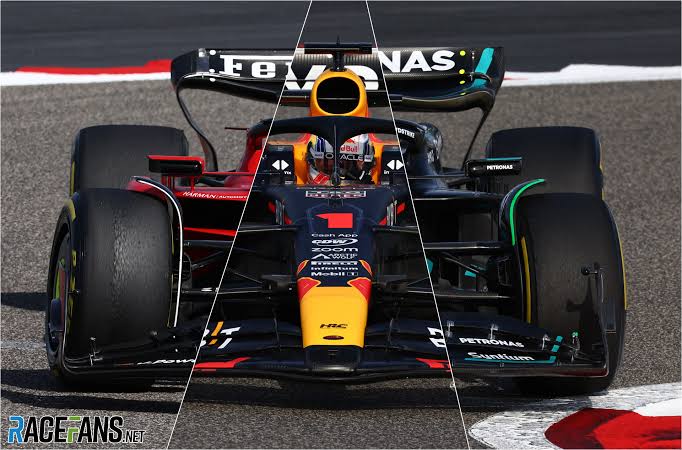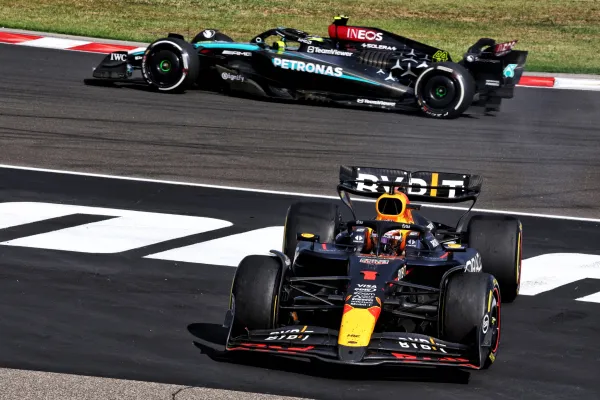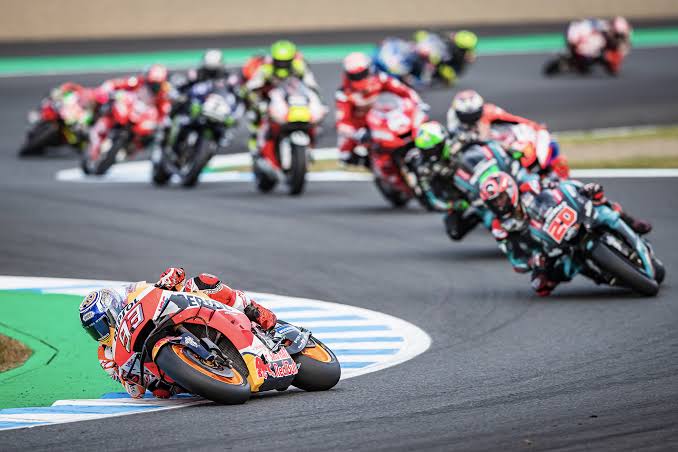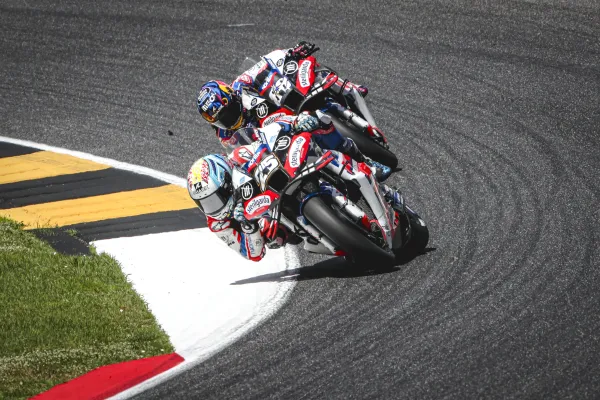The 1982 San Marino Grand Prix Boycott
The 1982 San Marino Grand Prix has gone down in history as one of the most contentious and politically charged in the history of Formula One. It was held on April 25, 1982, at the Autodromo Dino Ferrari, Imola, Italy, under a boycott that drastically reduced the field, as well as an intra-team rivalry at Ferrari with tragic consequences. These events took place against the background of the so-called FISA-FOCA war, or the power fight between two groups struggling for their rights to dominate in Formula One.
The Political Context: The FISA-FOCA War
This 1982 boycott at San Marino finds its roots in the burgeoning conflicts between FISA, or the Fédération Internationale du Sport Automobile, and the FOCA, or Formula One constructors’ association. FISA, under the leading hand of Jean-Marie Balestre, mainly represented the power of manufacturer teams including Ferrari, Renault, and Alfa Romeo, while FOCA, under Bernie Ecclestone’s leadership, is for the interests of small, independent teams usually referred to as “garagistes” teams.
These tensions had been building over the years regarding technical regulations and financial control. The immediate cause for the boycott came with a ruling by the FIA Sporting Tribunal following the Brazilian Grand Prix earlier that season. Nelson Piquet and Keke Rosberg were disqualified for using water tanks as ballast to keep their cars underweight during race conditions. The FOCA teams saw this as a biased decision towards the FISA-aligned manufacturers and announced a boycott of the San Marino Grand Prix.
The Boycott: A Decimated Grid
Consequently, nearly all teams withdrew most from the event, joining the FOCA-led boycott. Thus only seven teams entered, 14 cars in total. Including, of course, the manufacturers aligned behind FISA such as Ferrari, Renault, and Alfa Romeo—who between them monopolized the first four rows—it also marked perhaps the point where smaller independent concerns such as Tyrrell, Osella, ATS, and Toleman would find themselves buckling to sponsor requirements or bare survival needs, thus breaking rank to take up the offer.
Without the FOCA teams, what should have been a very competitive race became somewhat subdued. For Ferrari fans—the tifosi—the lack of opposition provided an opportunity for their team to shine on home soil.
The Race: Glory and Controversy of Ferrari
With fewer rivals on the grid, Ferrari had little difficulty in monopolizing qualifying at Imola: second and third behind René Arnoux’s Renault were Villeneuve and Pironi. At the start of the race, it was not long before the drama began when both Renaults retired with mechanical failures to leave Villeneuve and Pironi in the lead in their Ferraris.
The controversy came in the final laps of the race. Ferrari gave a “slow” signal from the pit wall that Villeneuve took to mean the drivers should hold position until the end. Pironi interpreted this differently and passed Villeneuve on the last lap to take the win. Villeneuve was incensed, believing that Pironi had reneged on a gentleman’s agreement between teammates.
Fallout: Tragedy and Legacy
The anger of Villeneuve over what he perceived as Pironi’s treachery was visible in post-race celebrations, reportedly vowing never to speak to his teammate again, a pledge he would sadly maintain to his dying breath. Two weeks later, Villeneuve died trying to better the pole position time of Pironi in the Belgian Grand Prix qualifying. Later that season, Pironi himself sustained career-ending injuries during German Grand Prix qualifying.
The events at Imola left deep scars on Formula One. The betrayal within Ferrari showed the perils of ambiguous team orders and poor relationships between teammates. It also set a precedent for future rivalries in Formula One, such as those between Ayrton Senna and Alain Prost13.
Impact on Formula One
The 1982 San Marino GP had wider ramifications other than the Ferrari internal war:
FISA-FOCA War: In as much as the boycott proved that FOCA could mess up championships, it did not succeed in ensuring that Imola was degraded to a non-championship status. The race would go ahead with substantial attendance and press interest, almost to show that F1 could weather political storms.
Changes in Regulation: The 1982 controversies promoted some regulatory changes with an aim to increase the elements of equity and safety within Formula One. An example includes a change in weight regulation to make it more stringent so as to prevent manipulation, like that experienced in Brazil.
Legacy of Tragedy: The deaths of Villeneuve and Riccardo Paletti later in 1982 underlined the dangers inherent in Formula One at this time. These tragedies catalyzed efforts to enhance driver safety.
Conclusion
The infamous 1982 San Marino Grand Prix was one of those Formula One races that really stood out: it had great political battles of the time, human drama, and tragedy. The FOCA teams underlined a split within the sport that never quite managed to stop the wheels of motorsport. Meanwhile, Ferrari’s internal row at Imola became a cautionary tale about trust and teamwork.
This race is a reminder that Formula One is not all about speed and engineering but also about politics, personalities, and sometimes devastating consequences. Its legacy continues to shape how the sport navigates conflicts and controversies today.






















